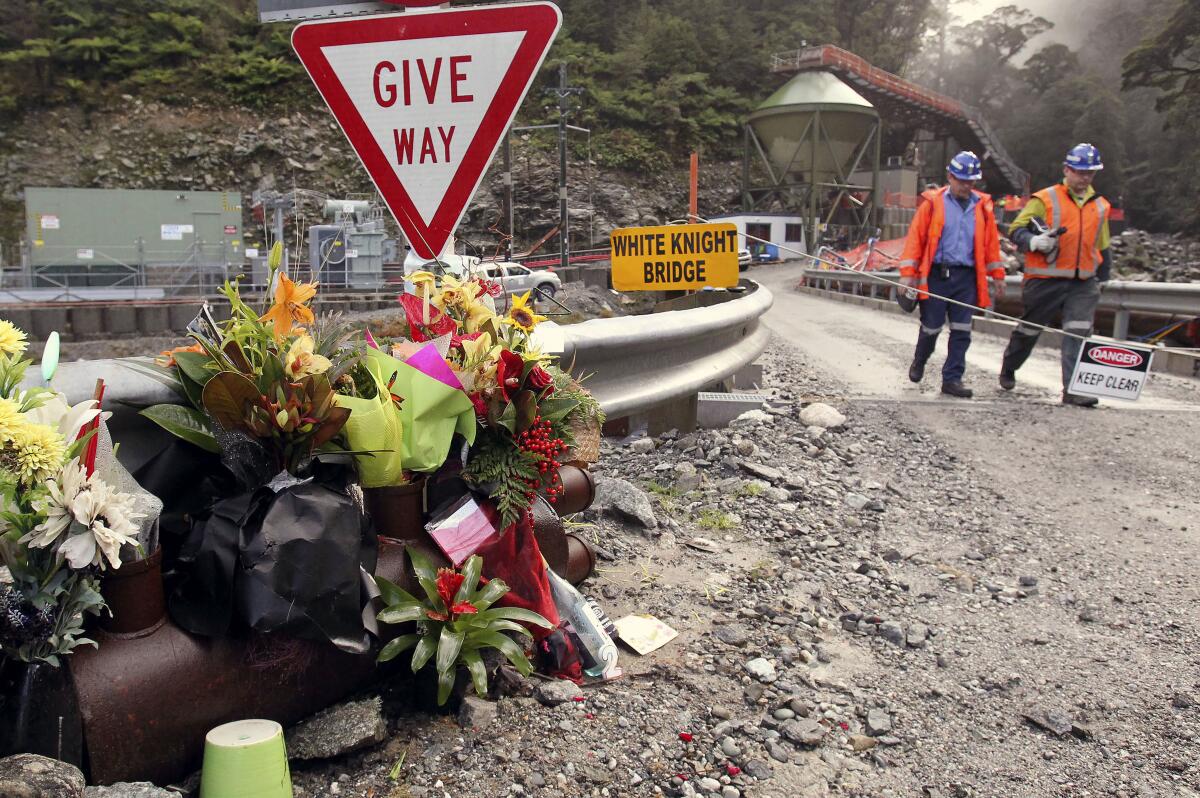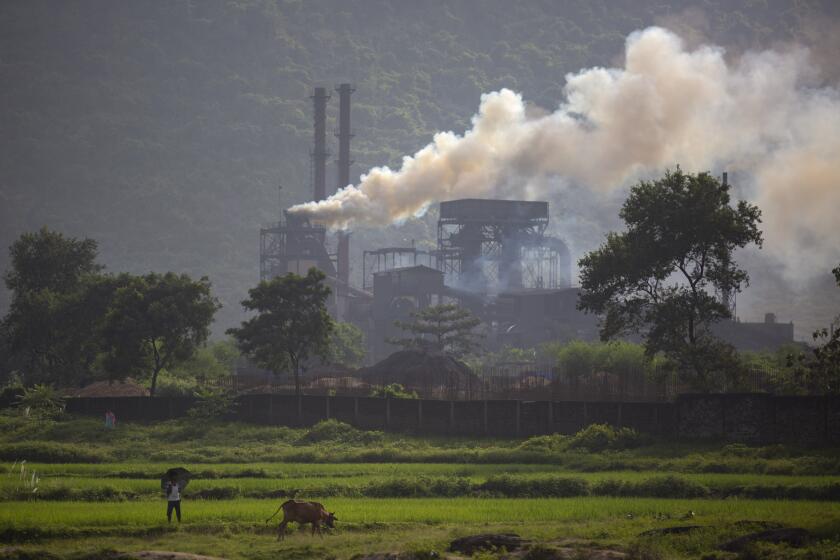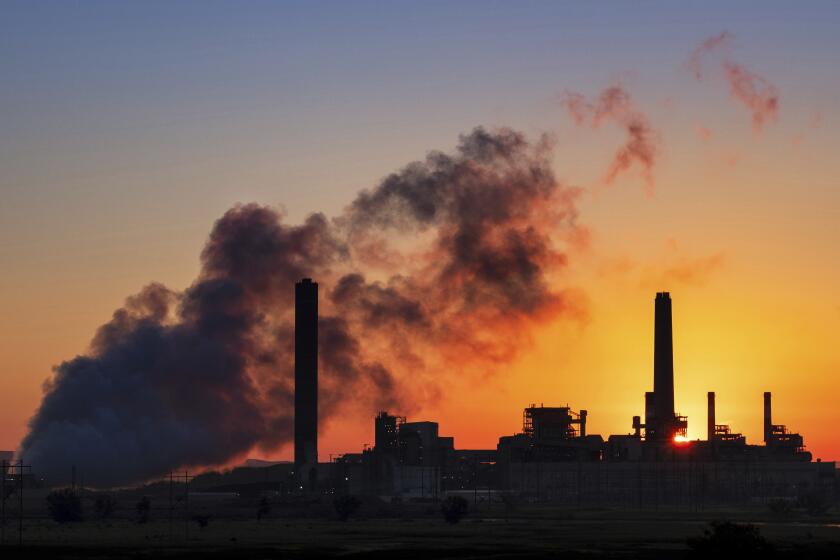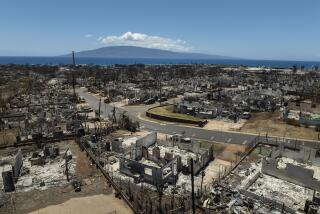Bodies are discovered 11 years after devastating New Zealand mine explosion

WELLINGTON, New Zealand — Almost 11 years to the day after a methane explosion killed 29 workers at a New Zealand coal mine, police said Wednesday that they have found at least two victims’ bodies thanks to new camera images.
But authorities say the main part of the Pike River mine remains too dangerous to enter, and so they will not be able to recover the remains.
Police have been investigating the Nov. 19, 2010, disaster for years, with some family members of the miners hoping that criminal charges will eventually be filed.
Police Det. Supt. Peter Read said they had located at least two bodies and possibly a third after a camera was sent down a newly dug hole. He said the bodies were found at the far end of the mine, where methane levels remain high.
Read said imaging technology had improved markedly since the disaster, which helped them make the discovery.
He said they hadn’t yet been able to identify the remains, although they were working with forensic experts to see if that was possible. He said they had previously identified the six or eight miners believed to have been working in that area at the time.
In the run-up to the U.N. climate summit, host Britain announced that one of its goals was to consign coal to history. That’s easier said than done.
“This is only two days away from the 11th anniversary of the mine explosion, and we’d like to acknowledge the families of all the men,” Read told reporters. “It’s a really stark reminder of the pain and the loss.”
He said the discovery would help their investigation.
Read said police wouldn’t be releasing the images out of respect to the families and declined to describe the condition of the bodies.
“It’s what you might expect after 11 years, but I’m not really going into any details of what the images show,” he said.
Greenhouse gas emissions from the U.S. energy industry are on track to surge the most in more than three decades as utilities increasingly turn to coal to power the economic recovery from the COVID-19 pandemic.
Anna Osborne, whose husband, Milton, was killed in the explosion, said she’d been preparing for the 11th anniversary and was initially shocked by the announcement. She wondered at first if one of the bodies could be her husband but then realized he would have been elsewhere in the mine.
She said she felt some pride because the families had pushed hard for authorities to reenter a safer part of the mine, which they had finally done in 2019. She said that helped reinvigorate the police investigation.
“I think that our men deserve justice,” she said.
Osborne said it was unfortunate the bodies couldn’t be retrieved.
News Alerts
Get breaking news, investigations, analysis and more signature journalism from the Los Angeles Times in your inbox.
You may occasionally receive promotional content from the Los Angeles Times.
“They all died together and they will all stay together,” she said.
An earlier investigation concluded that the Pike River Coal company had exposed miners to unacceptable risks as it strove to meet financial targets. The report found that the company ignored 21 warnings that methane gas had accumulated to explosive levels before the disaster.
The company, which went bankrupt, didn’t contest labor violation charges against it.
Labor violation charges against former chief executive Peter Whittall were dismissed after he and the company made a financial settlement, a development that angered many of the grieving families.
New Zealand’s Supreme Court later ruled that the settlement was unlawful.
More to Read
Sign up for Essential California
The most important California stories and recommendations in your inbox every morning.
You may occasionally receive promotional content from the Los Angeles Times.












